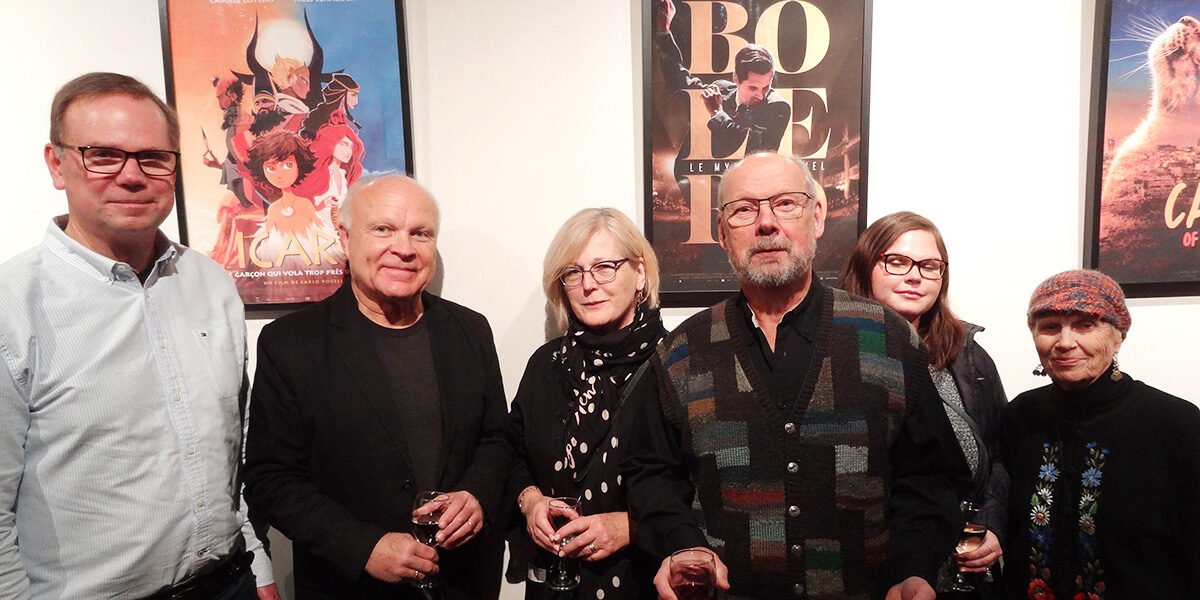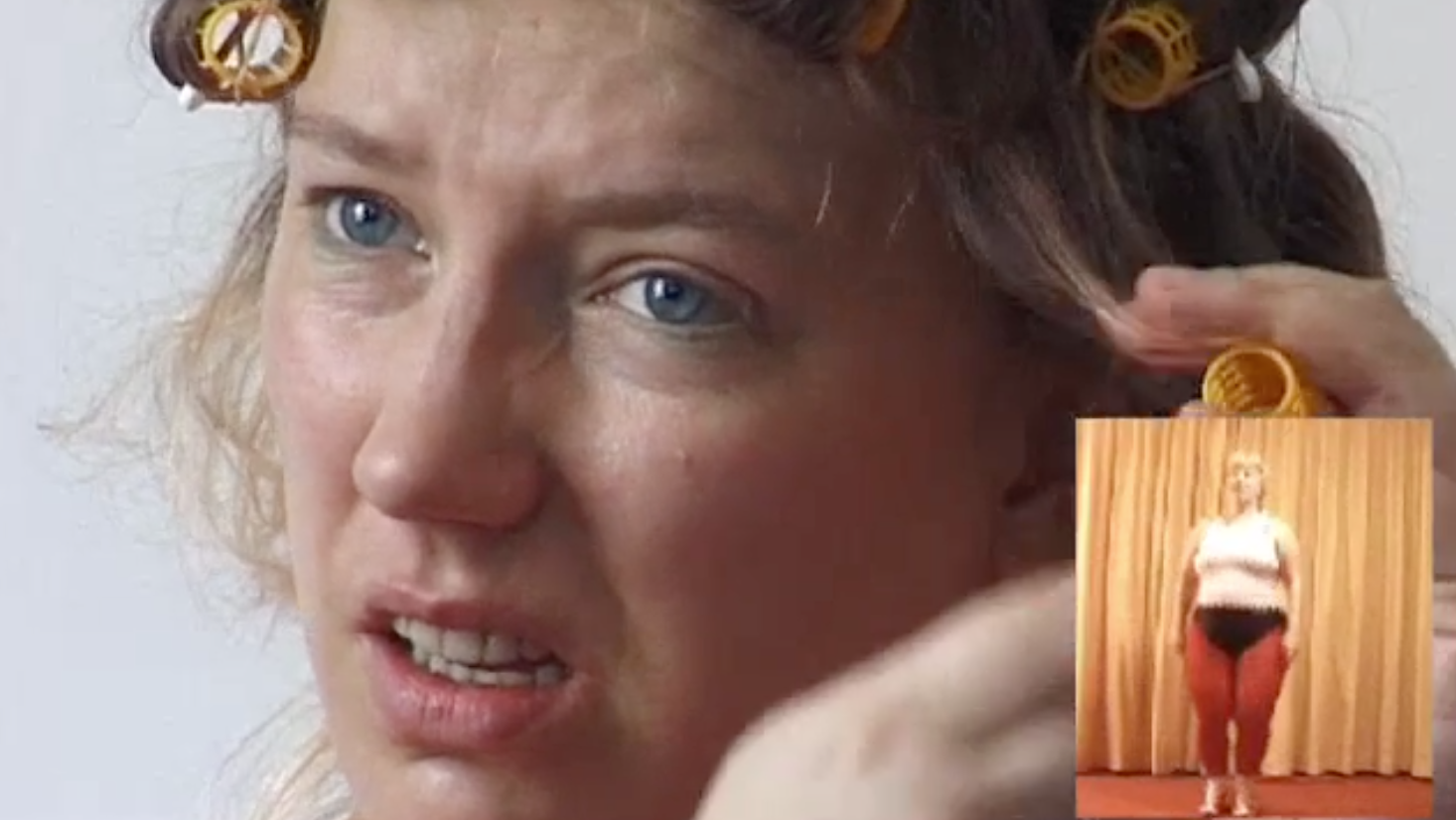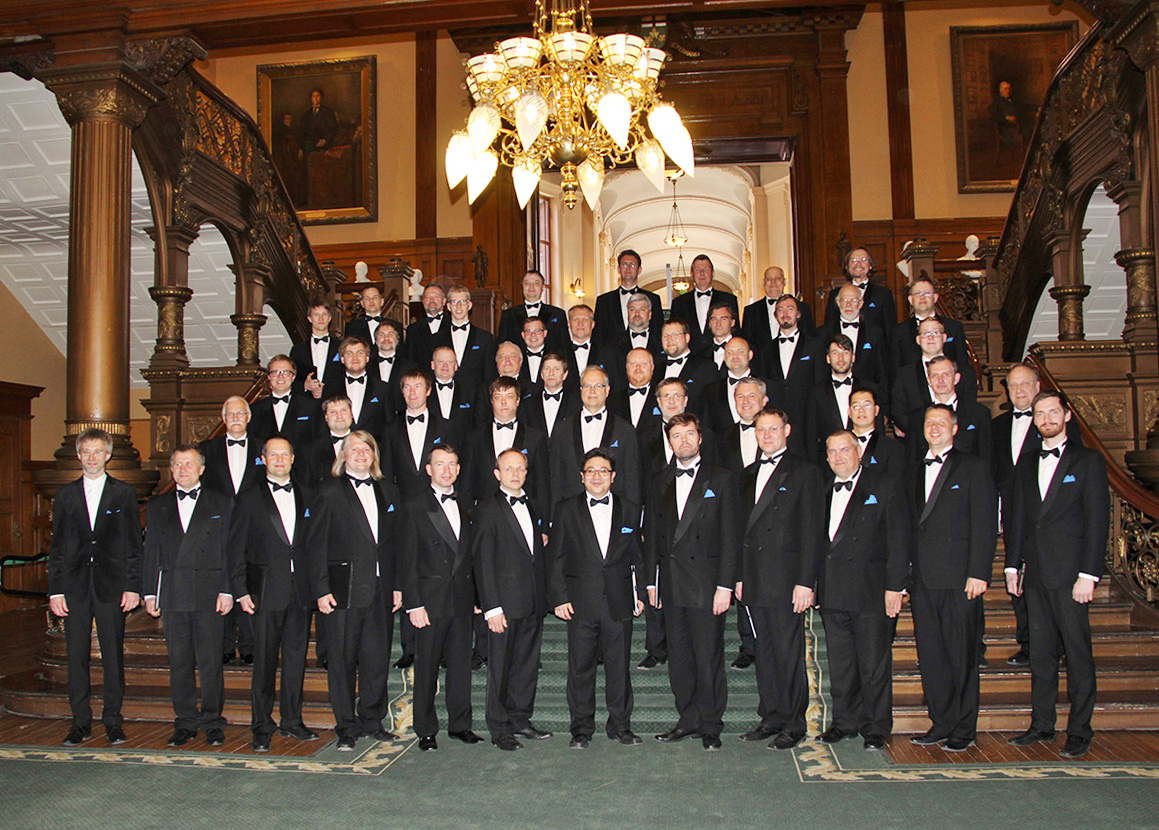In 1951, when I was nine years old, my parents and I lived at 600 Timpson Place in South Bronx, in New York City. This third home in America was our first true home. Our first ‘home’ was in another family’s living room; the second was in a shared apartment in North Bronx.
Timpson Place was a quiet block-long street a block east of Southern Blvd. which was a major thoroughfare for local cars, trucks and buses. Small shops lined the boulevard: a Jewish bakery which sold delicious pumpernickel bread (I went there Saturday nights at nine when the loaves were pulled out of the oven and rushed home to eat the oven-warm bread with butter and a glass of cold milk); a grocery store; a drug store; a shoemaker; a shoe store; a barber shop; an ice cream parlor; a candy store; a radio and furniture store; and my school, Public School 62. Unfortunately, I can’t remember the names of any of these stores. Not even the name of the small recycling place which paid me 10 cents for every 100 pounds of newspapers I brought in. I collected the papers from nearby apartment building garbage cans. Each building had 15 to 20 cans and newspapers were placed on top of the lids for weekly garbage pick-up. I stored them in our apartment hallway until I had accumulated enough for a trip. Kids in the suburbs had paper routes; city kids like me had garbage routes. I borrowed a cart from the shop whenever I was ready to deliver papers to them.
Next to the stores on Southern Blvd. were rows of three storey walk-up tenement buildings. Most of these were heated by coal burning furnaces. Trucks brought coal to a special street level ‘window’ at the front of each building. The driver delivered coal to the building’s basement storage bins through a chute angled over the sidewalk. I remember walking past dirty, coal-dust covered snow banks. They remained that way until fresh snow covered the dirt and then the cycle repeated until the snow melted. In those days, winters were cold and white, with snow long before December. I looked forward to the first snowfall, knowing Christmas would soon follow.
We dragged our trees through snow to Mr. Norman’s 1950 light grey Chrysler sedan, tied the trees to the roof, and drove home.
My father was away at sea during our first Christmas at Timpson Place. Richard Norman, a friend of our family, took me Christmas tree shopping. There were Christmas tree lots along Southern Blvd. but Mr. Norman took me to his favorite place – a railroad siding in a rail yard. A solitary railroad car stood with its doors open. Alongside the railcar stood hundreds of trees – shipped from growers in upstate New York. We walked along the rows of trees, examining each one, and selected two fine nine-footers – one for each of us. The seller and four or five helpers kept warm around a fire fed by sawed off tree trunks and branches blazing in an empty oil drum, and waited for customers to select and pay for their trees. The smell of burning pine branches was delicious. We dragged our trees through snow to Mr. Norman’s 1950 light grey Chrysler sedan, tied the trees to the roof, and drove home.
I sawed off the bottom of the tree so it would fit our nine-foot ceiling height and secured it into our tree stand. I draped the tree with lead tinsel icicles and blue and red Christmas balls. Our live white candles and 24 metal clip-on candleholders were imported from Germany. They burned for about two hours and gave off a glow that electric tree lights could never match. I made sure the candles remained upright and replaced them as they burned out. I rearranged them every day as the branches drooped. It was against the law to have live candles and although we lived on the fourth floor, we kept our tree far away from the window so no one could see.
A week before Christmas I helped my mother make blood sausage ‘verivorst’. I took four empty quart-size glass jars to a German butcher, 20 blocks across town, for him to fill with blood. I also bought pork intestines for sausage casings. The pork intestines were pulled over the end of a sausage funnel. I held on tightly to make sure the casing didn’t slip off as my mother ladled a mixture of cooked barley, cubed bacon, spices and blood into it. She tied off the sausages into rounds. These were boiled, cooled and stored in the fridge. My mother also made sauerkraut ‘hapukapsad’ and gingerbread cookies ‘piparkoogid’. I never helped her make piparkoogid. I enjoyed eating the raw dough better than I did eating the cookies. I still have her cookie cutters which haven’t been used since 1976. One of the star shapes has a bit of dried gingerbread dough in a corner. .
There were two Estonian congregations in New York. One was Pastor Kiviranna’s and the other, Pastor Hinno’s.
On Christmas Eve we went to church.
There were two Estonian congregations in New York. One was Pastor Kiviranna’s and the other, Pastor Hinno’s. I never understood the religious distinction between the two. Most of my friends, by decision of their parents, belonged to the Kiviranna denomination. Kiviranna’s church was the larger. Hinno’s was much smaller and located somewhere on the west side of Manhattan. Our church was at the corner of 88th Street and Lexington Avenue in Manhattan and belonged to a German Lutheran congregation which shared its facilities with the Estonians.
The Christmas Eve service started at five in the afternoon. Sunset was around four during winter and it became dark early – especially when Pastor Kiviranna began his hour-and-a-half long sermon. All church lights were turned off. It was pitch black. A spotlight shone on the pulpit where Pastor Kiviranna, his shiny black hair slicked back, stood in his black robe and white collar bib. He droned on and on and on in a slow monotone about things that a nine year old could care less about. There was comfort in the two-inch thick cushion on the hard wooden benches and the frequent rumble of the Lexington Avenue subway which ran beneath the church. That was when I learned to sleep in church. I can sleep with my eyelids slightly open. I look reflective rather than asleep.
In those days Kiviranna’s congregation exceeded 4,000. There was seating for only 1,200 and so, on Christmas Eve, latecomers did indeed have to stand at the back.
When I was 18, we lived in College Point in Queens, N.Y. I owned my first car, a two tone 1955 Chevy (yellow, with a white top) and church-going became more interesting. Kiviranna’s church was now a distance from our home and I had to drive my parents to Christmas services. I dropped them off in front of the church and went to find a parking spot. As soon as I had one, I headed for a bar called ‘Himself’ about 100 meters west of the church on 88th. All my buddies who had driven their parents to church were waiting. We spent a good two hours drinking beer and chatting before returning to church. I grabbed hold of some friend who had stayed for the sermon and asked for a quick summary just in case a discussion arose on the way home. I would be able to respond intelligently. The excuse for not joining them where they sat in church? It was always the same. By the time I found a parking spot and returned, the church was so full, that I had to stand at the back for the entire service. In those days Kiviranna’s congregation exceeded 4,000. There was seating for only 1,200 and so, on Christmas Eve, latecomers did indeed have to stand at the back.
Anyway, back to 1951, when we arrived home, my mother put the verivorst, sliced salted pork belly, and potatoes in the oven and heated the hapukapsad. Mr. and Mrs. Norman joined us that first Christmas. We ate and then I opened my presents. Over the years I received jig-saw puzzles, erector sets, model aircraft to be built from balsa wood, a huge B-52 bomber made from solid wood with lots of pieces to be glued onto the fuselage, a cardboard QE2 passenger ship model to be assembled with pieces that popped out of a book. One year Mr. Norman gave me a four-inch thick encyclopedia that I devoured, learning about new and strange things. When I was older I received books, socks, shirts, ties and boy-scout ‘equipment’ – hand axes, canteens and pocket knives.
Long before Christmas Eve, I had ferreted out where my Christmas presents were hidden – opening, inspecting and rewrapping each one carefully. I especially remember the sense of exhilaration that overwhelmed me when I discovered that my parents had brought me a pair of cap guns with a gun belt and holsters. I couldn’t resist opening the package every morning after my mother left for work. I practiced my Hopalong Cassidy quick-draws in front of my mother’s full-length mirror, then rewrapped the guns and went to school.
Toronto – December 2014



